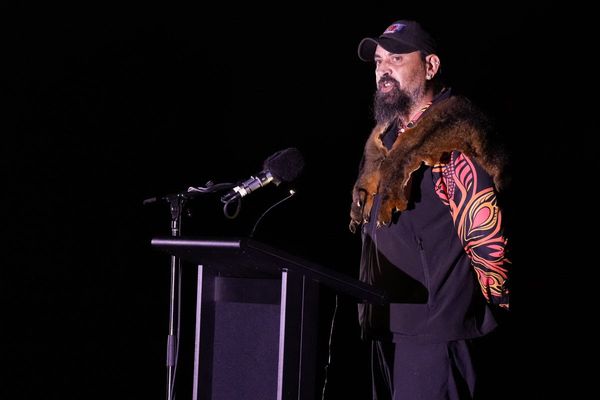TWO unique Jurassic fossils discovered on the Isle of Skye have shown that mammals in the time of dinosaurs grew slower and lived longer than mammals today.
An international study, led by National Museums Scotland, used two Krusatodon kirtlingtonensis fossils found on the Scottish island to help unlock the discovery.
The mouse-sized mammals, one adult and one juvenile, lived around 166 million years ago and were able to provide groundbreaking comparative analysis into their growth and life history for researchers.
The specimens represent the only juvenile Jurassic mammal skeleton known to science, while the adult is one of the most intact mammal skeletons from this period in the world.
The ages of the specimens were determined using X-ray imaging to count the growth rings in their teeth.
The adult was found to be around seven years old and the juvenile between one and two years, and still in the process of replacing its baby teeth.
Today, small mammals have significantly shorter lifespans, some living as little as 12 months, and maturing quickly, losing their baby teeth and weaning within months of birth.
However, the Krusatodon fossils reveal for the first time that the earliest mammals didn’t finish replacing their teeth until well into their second year of life or possibly later.
Researchers believe the finding indicates a fundamental shift in the growth patterns and life expectancy of mammals during or after the Middle Jurassic period.

Dr Elsa Panciroli (above), associate researcher of palaeobiology at National Museums Scotland, said the fossils have provided unprecedented insight and have put Scotland on the map for understanding mammal evolution.
She said: “These fossils are among the most complete mammals from this time period in the world.
“They give us unprecedented insights into the lives of the first mammals in the time of dinosaurs. Although on the outside Krusatodon looked like a shrew or mouse, on the inside it was quite different; it grew more slowly and lived much longer than small mammals do today.
“As a result, it probably had quite a different physiology and life history as well. Skye’s fossils are really putting Scotland firmly on the map when it comes to understanding mammal evolution.
“This is just the tip of the iceberg in terms of what they can tell us.”
The two specimens were discovered decades apart from each other, with the adult being one of the earliest Jurassic finds on Skye in the 1970s, while the juvenile was discovered in 2016.
Dr Stig Walsh, senior curator of vertebrate palaeobiology at National Museums Scotland, said he is thrilled about the contribution Scotland has made in finding such rare fossils.

He said: “Even in the context of the amazing palaeontological finds on Skye in recent years, these fossils are remarkable.
“Mammal fossils of this age are exceptionally rare worldwide, and most are just single teeth found by sieving sediment. To find two such rare fossil skeletons of the same species at different growth stages has rewritten our understanding of the lives of the very earliest mammals.
“We’re thrilled they are both now part of Scotland’s National Collection, an important part of the global fossil record, and will be preserved for generations of researchers to come.”







